November 26th, 2023
7minute read
Seeing a threat is the first step in dealing with it.
After all, if you never see the danger, how can you hope to defend yourself?
The common criminal prefers to hide in the shadows.
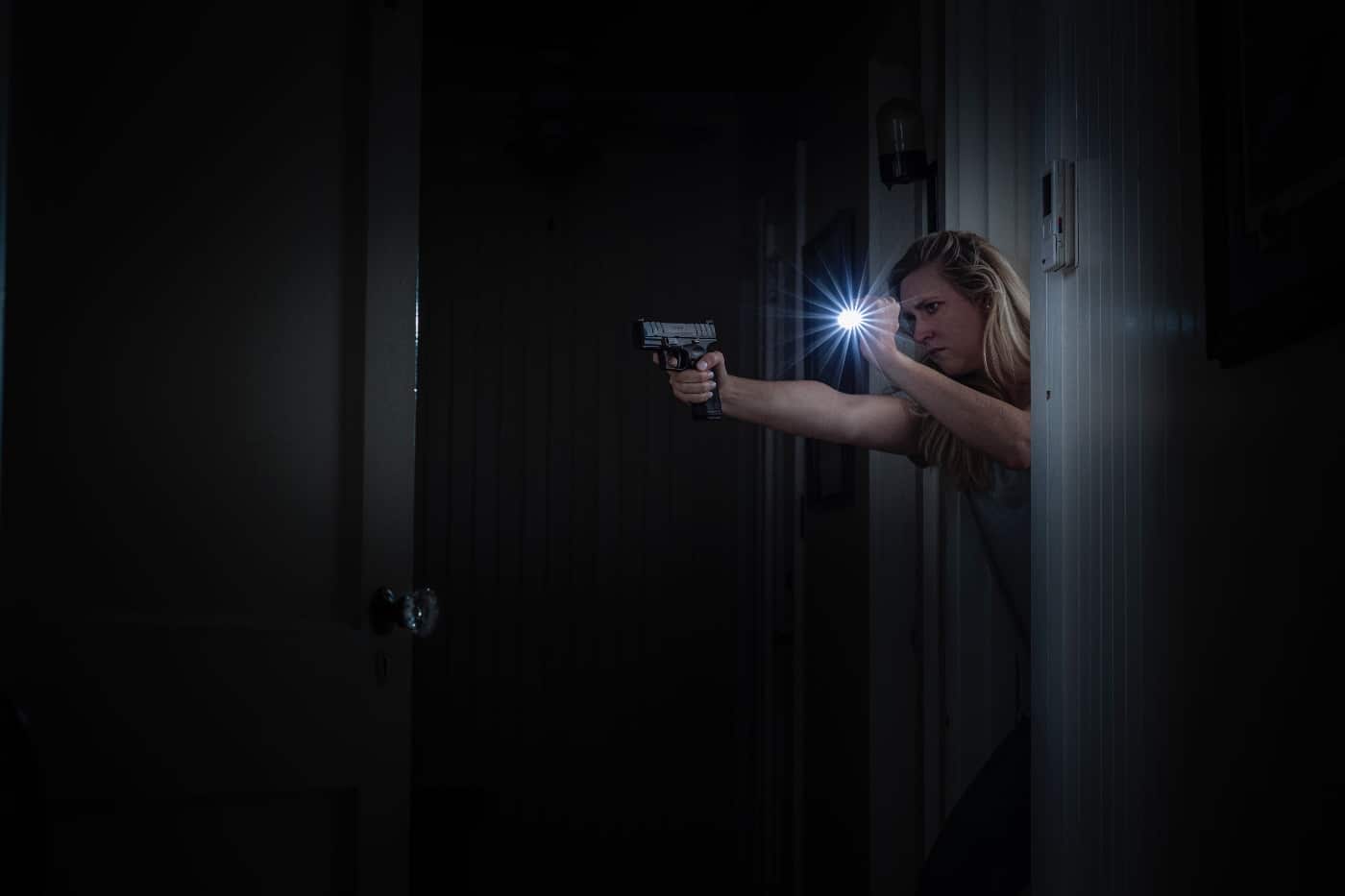
When selecting a tactical flashlight for self defense and personal protection, the author recommends erring on the side of quality. Unknown brands often fail to deliver on their promises.
Consequently, many violent attacks happen at night.
It is imperative that you have a good flashlight designed with self-defense in mind.
These kinds of flashlights are generally described as being tactical.
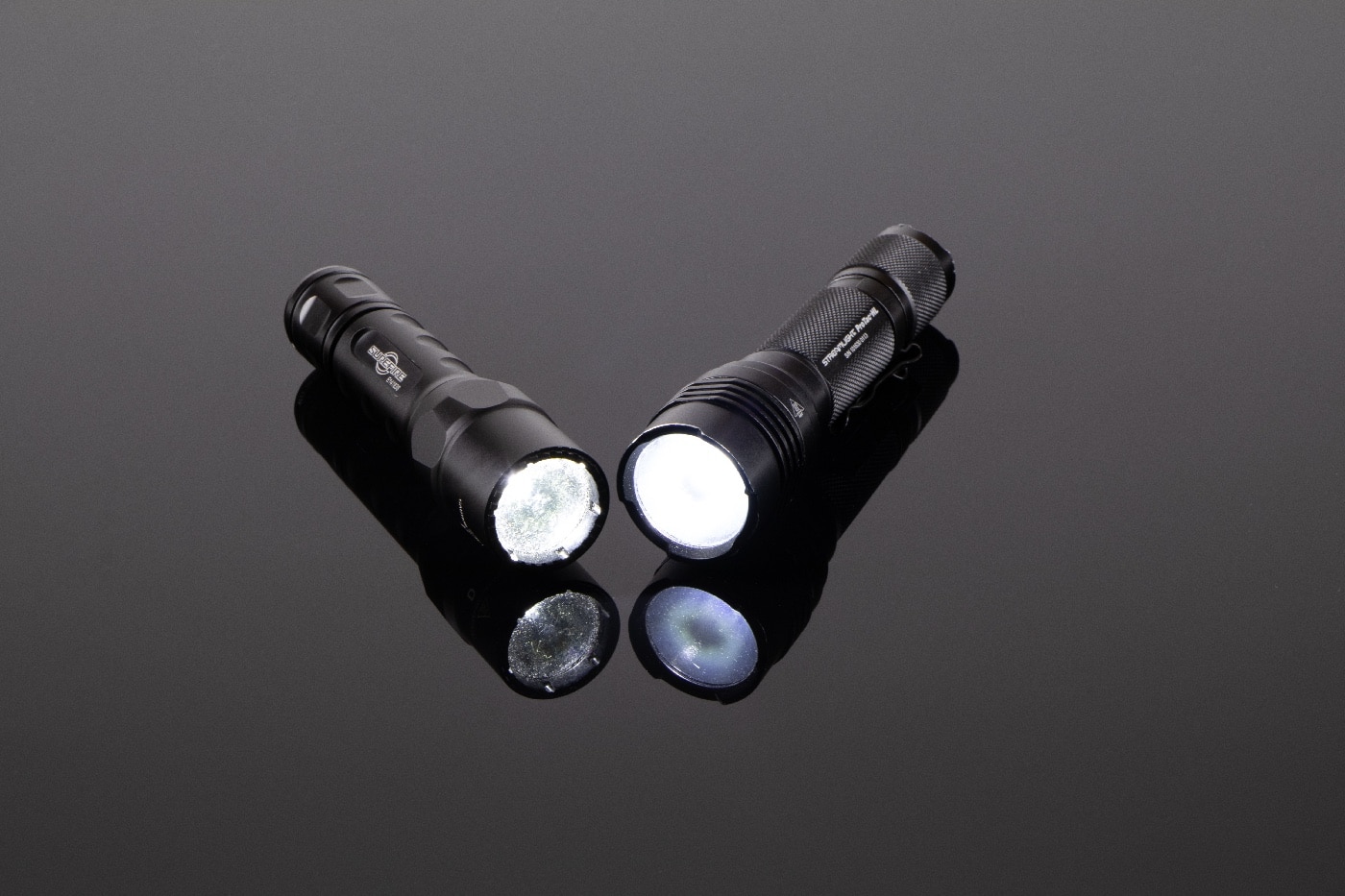
Surefire and Streamlight are two brands that are well known in the law enforcement and tactical training industries. Both are worthy of your consideration.
A tactical flashlight is more than just a marketing gimmick.
A true tactical light will be rugged, bright and have controls compatible with firearms use.
Lets talk about what those things mean.
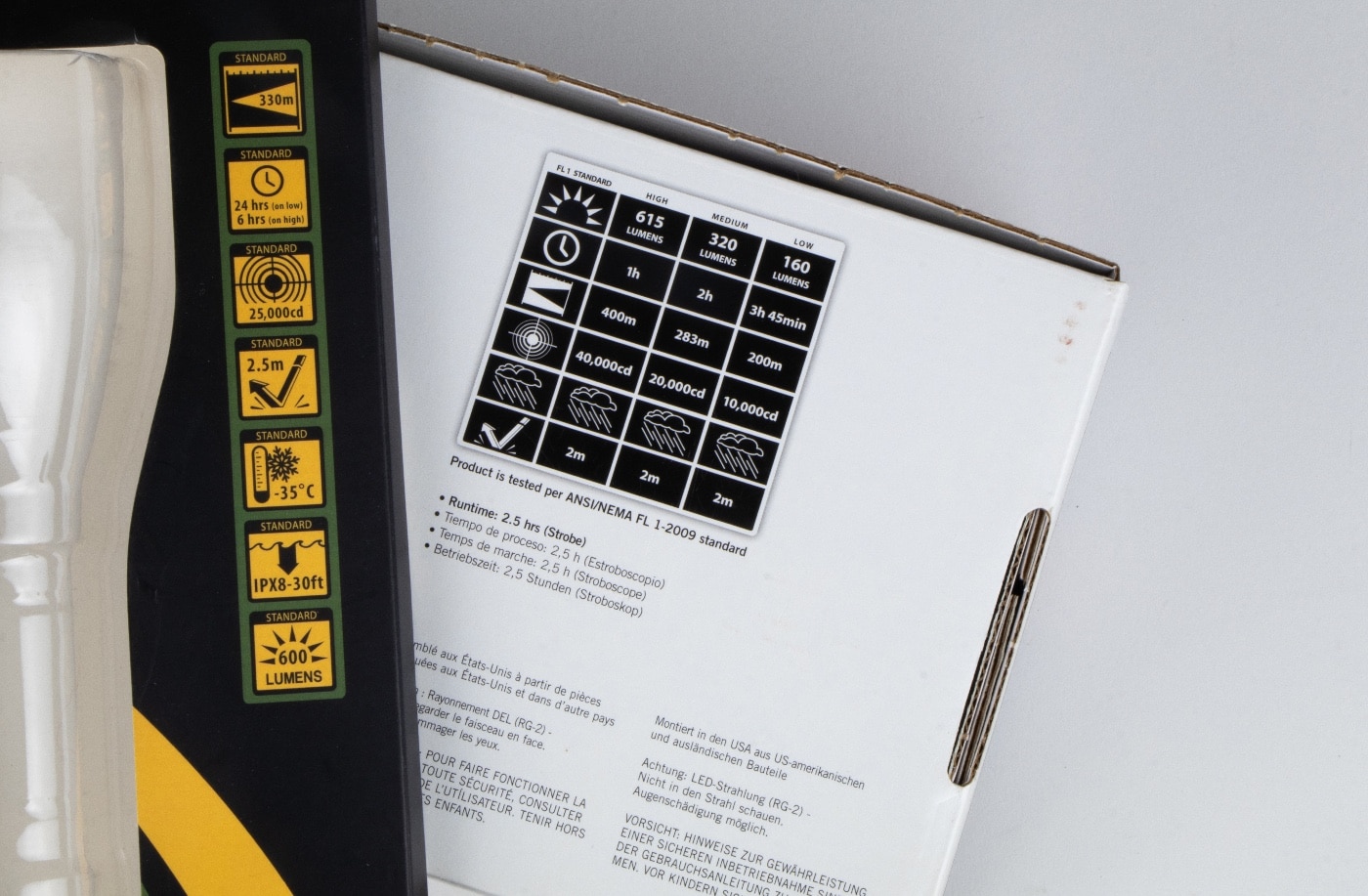
Examine flashlight ratings carefully on the packaging. The Streamlight package on the right is within the FL 1 specification, while the other is not. The out-of-spec flashlight failed during drop testing.
Poor construction can mean water intrusion during a rain shower, a shattered lens or broken controls.
On most flashlight packaging, there will be two measurements of durability: impact resistance and water resistance.
Impact resistance is typically measured in meters for how high a drop the light can survive.
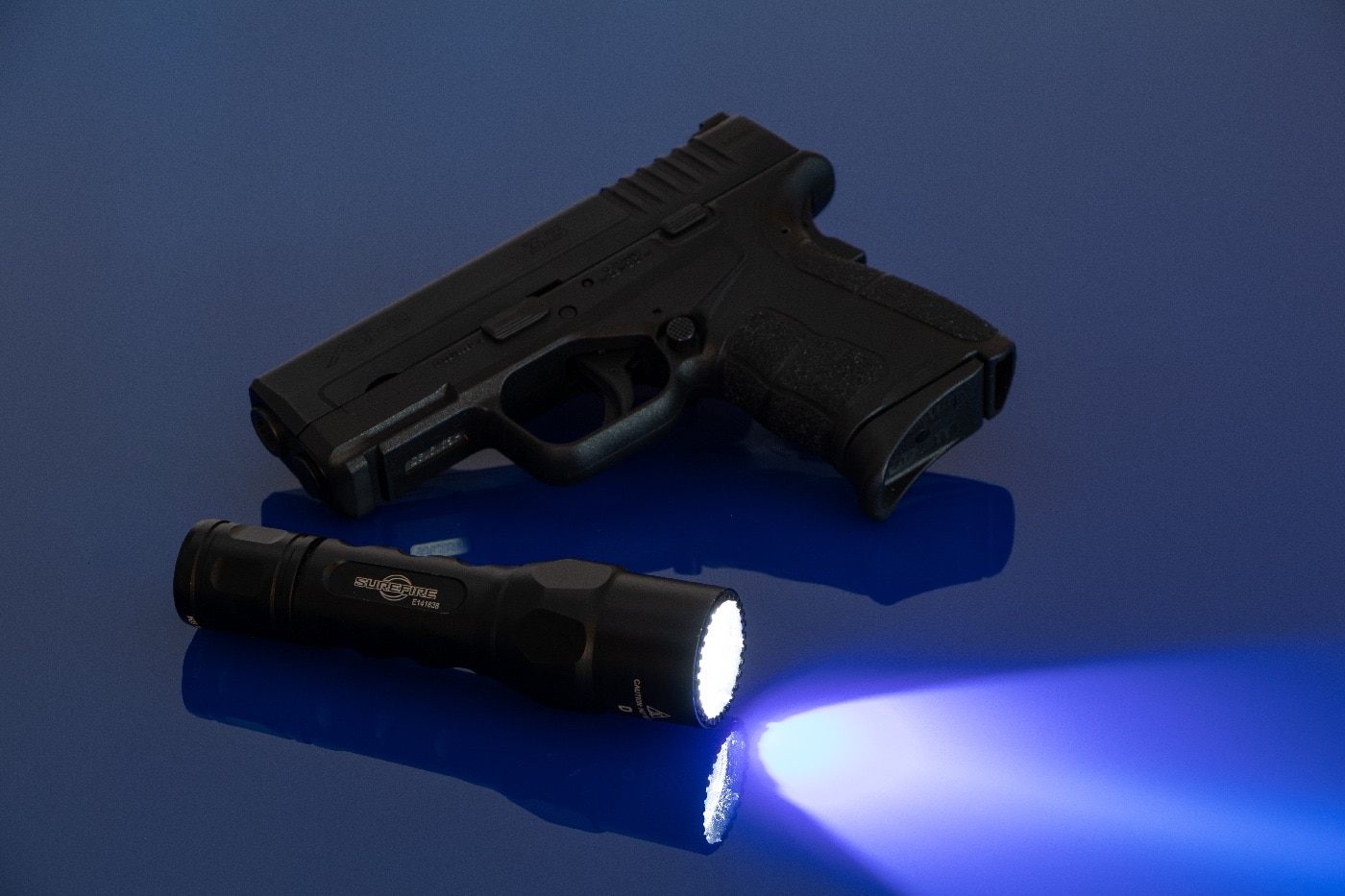
If you carry a gun, you should carry a high-quality flashlight. This one from Surefire is an excellent choice offering high durability and good runtimes with a simple button interface.
That test indicates that five sample flashlights each survived six drops onto cured concrete from the specified height.
Not all lights that claim to adhere to the FL 1 standard actually follow it.
This is because the FL 1 standard requires that any distance be measured in whole numbers, rounded down.
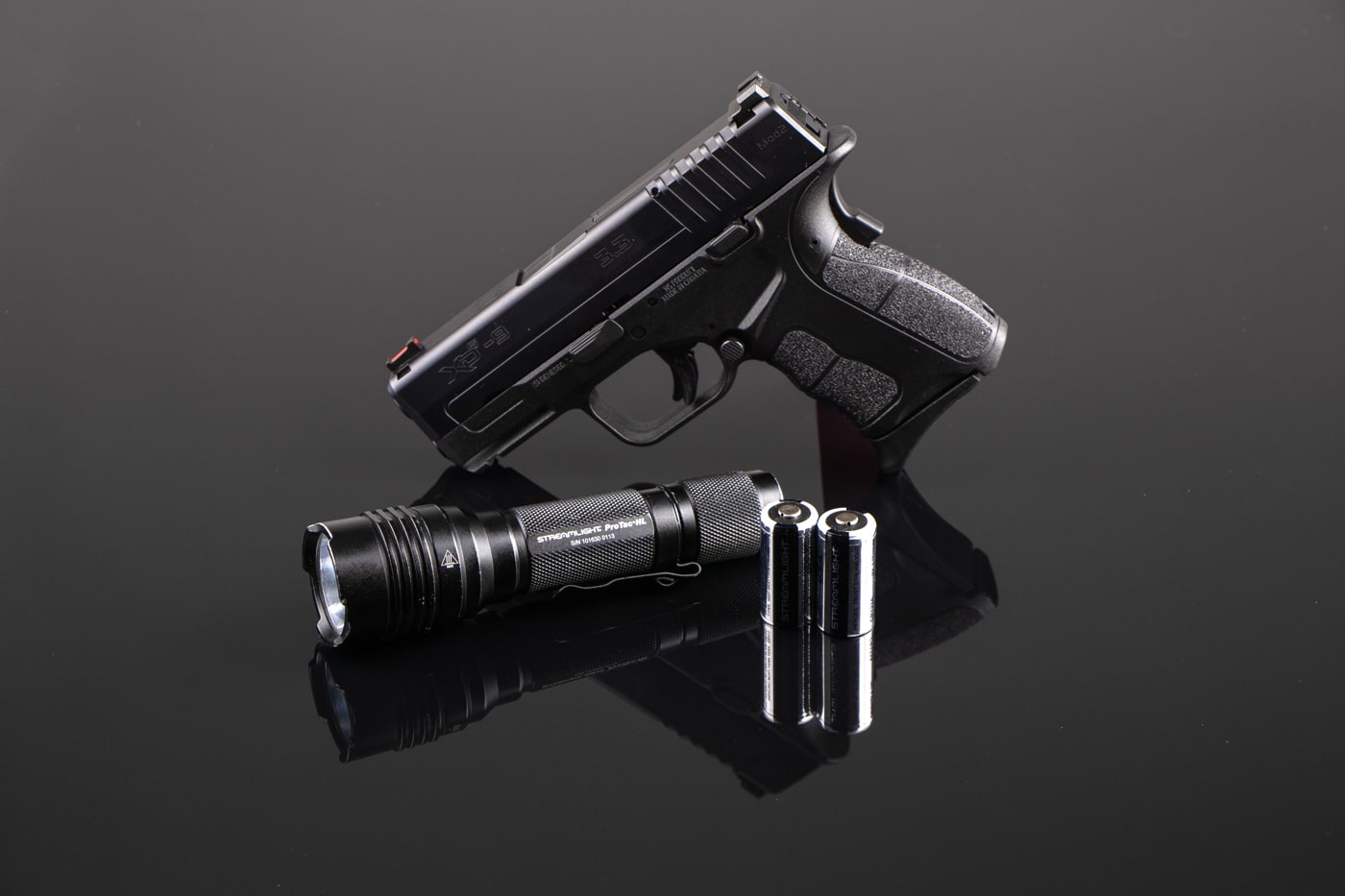
Streamlight flashlights like this ProTac HL use impact-resistant construction and very efficient LEDs. They output a lot of light over the entire life of the batteries — not just the first time you turn them on.
So 1.5 meters should be listed as 1 meter following the FL 1 standard.
Water resistance is most accurately described using an IP code.
IP codes define the amount of particle and water intrusion the flashlight withstands.
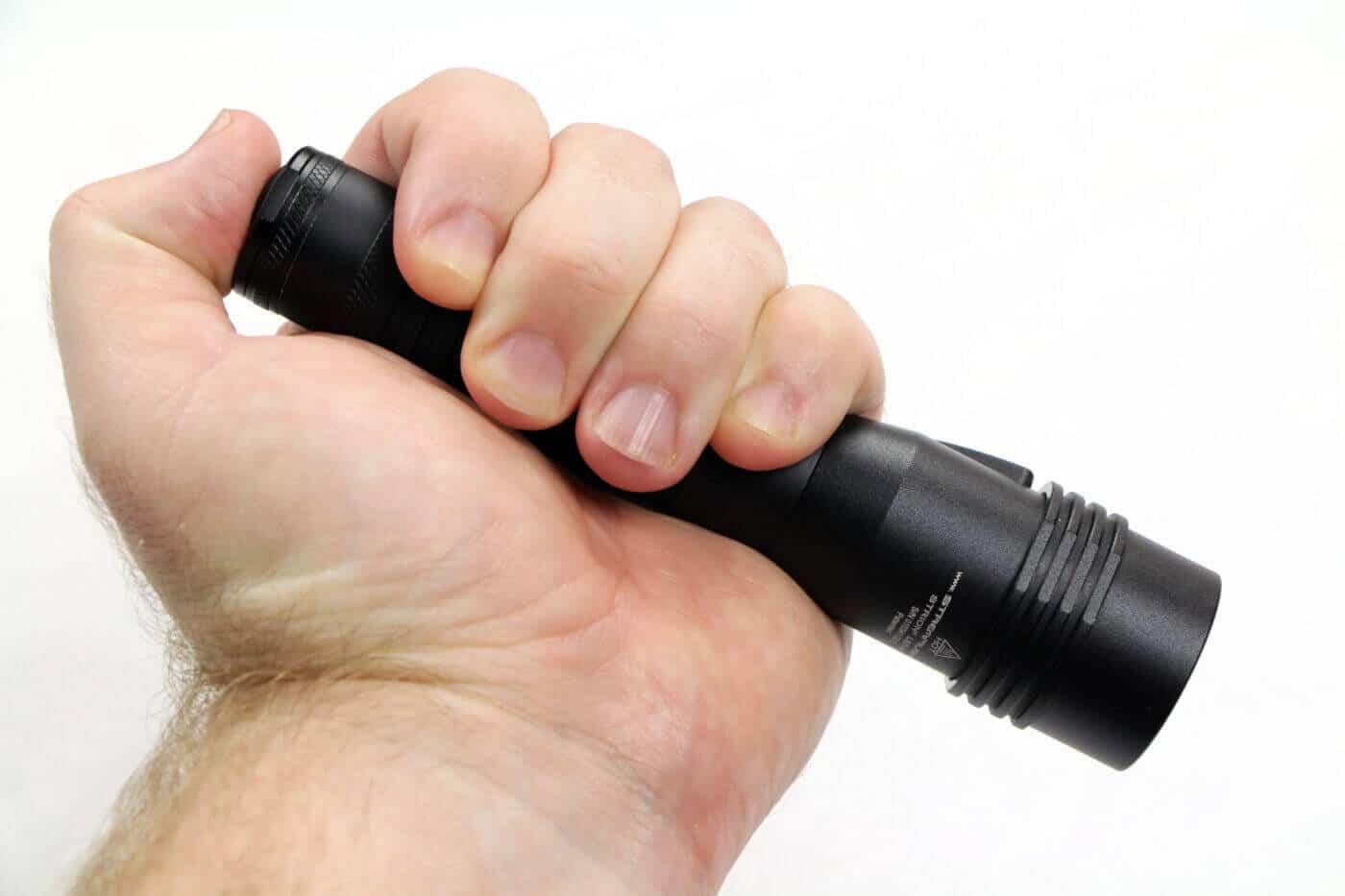
A tactical flashlight should have an easy-to-access power button and not be hindered by a lot of superfluous features. For many people that means a large tailcap switch like this one.
The IPx7 rating means the flashlight will withstand 30 minutes of submersion at 1 meter.
IPx8 means the flashlight can be submerged at a depth greater that 1 meter.
The words waterproof and water resistance on flashlight packaging have no measurable meaning.
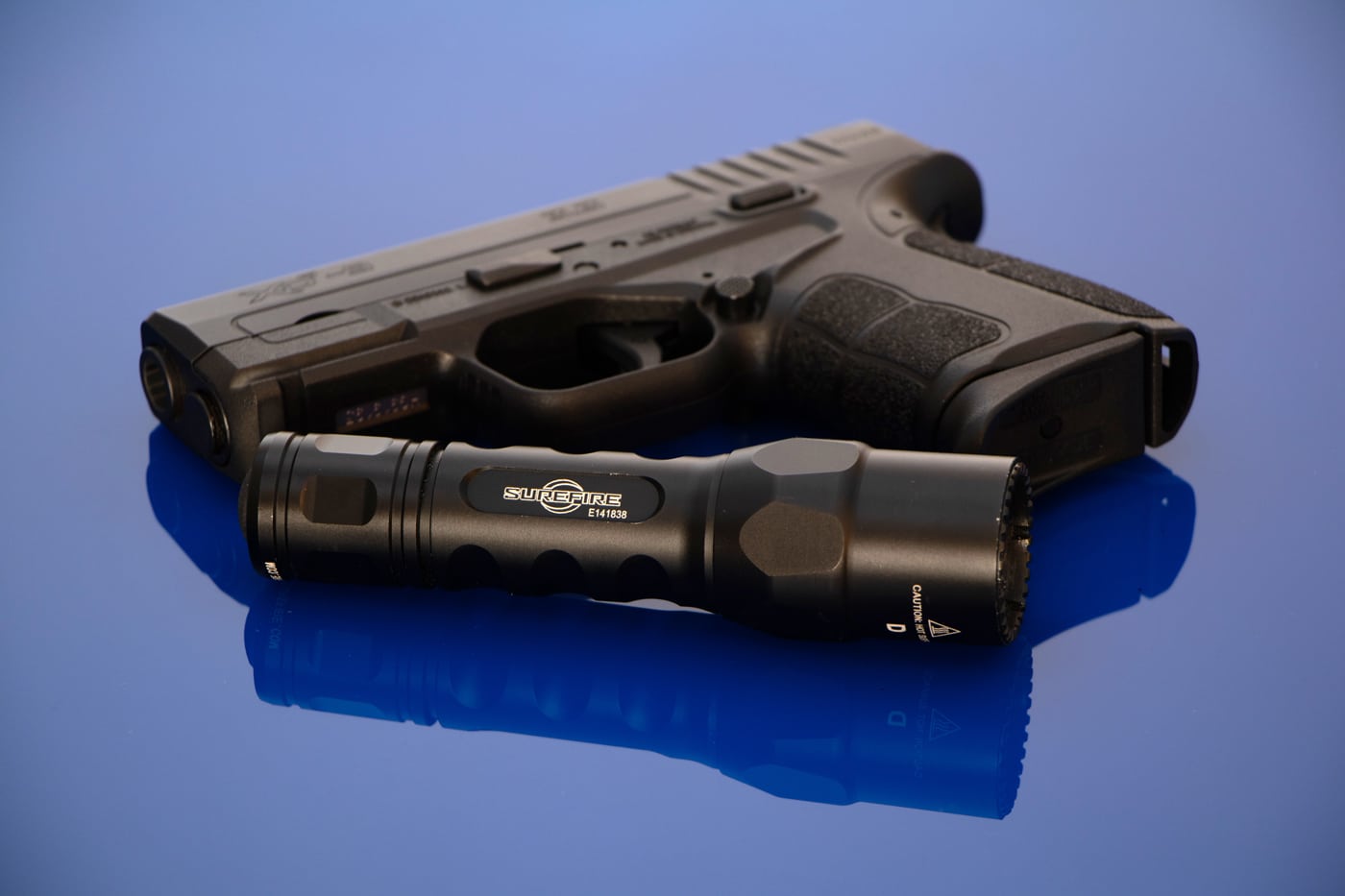
In the author’s testing and experience, the Surefire line is extremely dependable. They also throw a lot of light.
verify you look for an IP rating for a true understanding of the water resistance you might expect.
Currently, there are no standards for measuring repeated impacts on flashlights when mounted to a weapon.
How Bright, and for How Long?
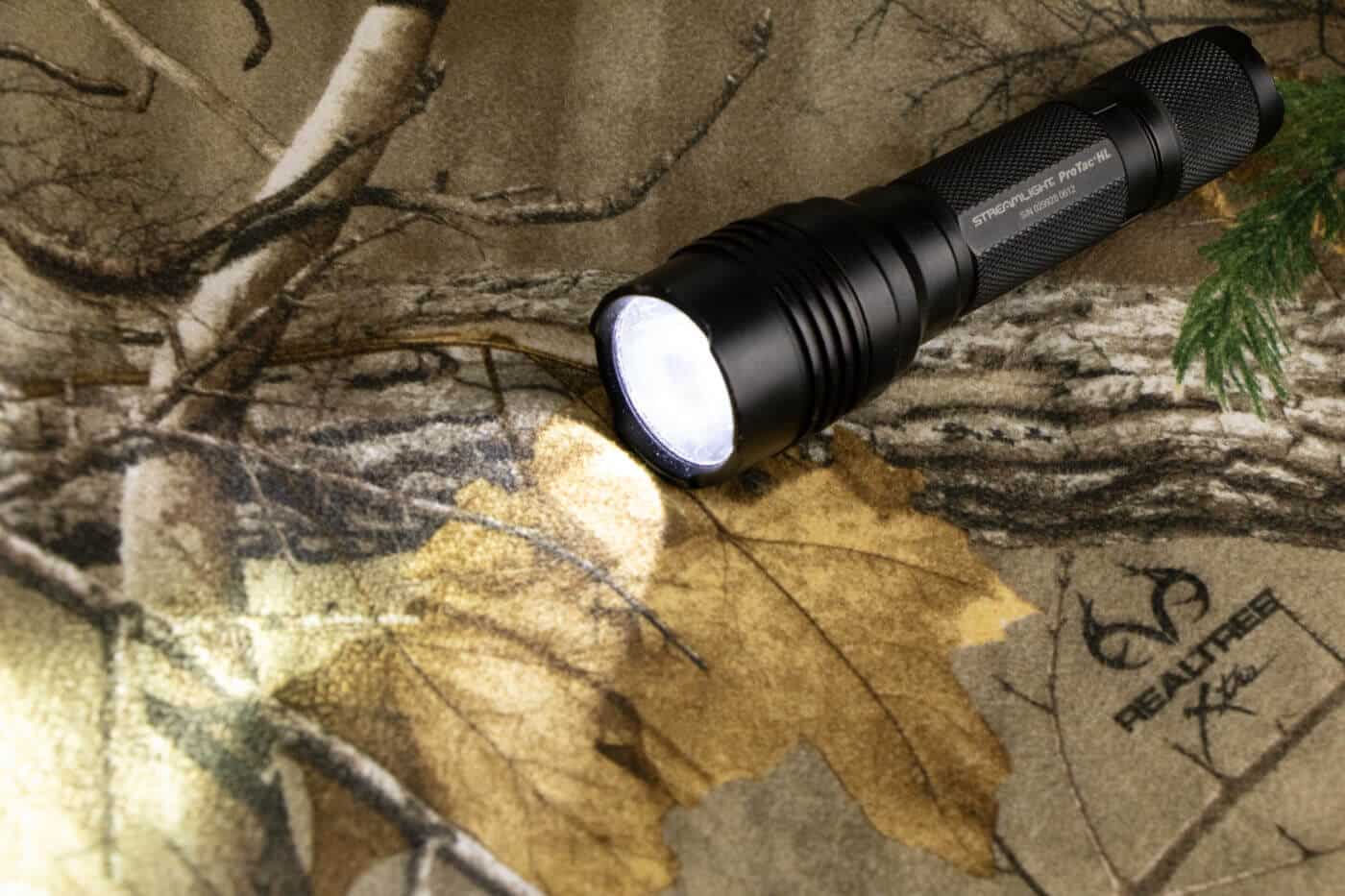
The Streamlight ProTac HL, shown above, has proved to be a reliable performer for the author. He has used two of them for more than a decade with no problems at all.
But, what do each of these things measure?
Total light output of a flashlight is expressed as lumens.
Conversely, the 35,000 candelas flashlight would likely be better at illuminating someone across a field.
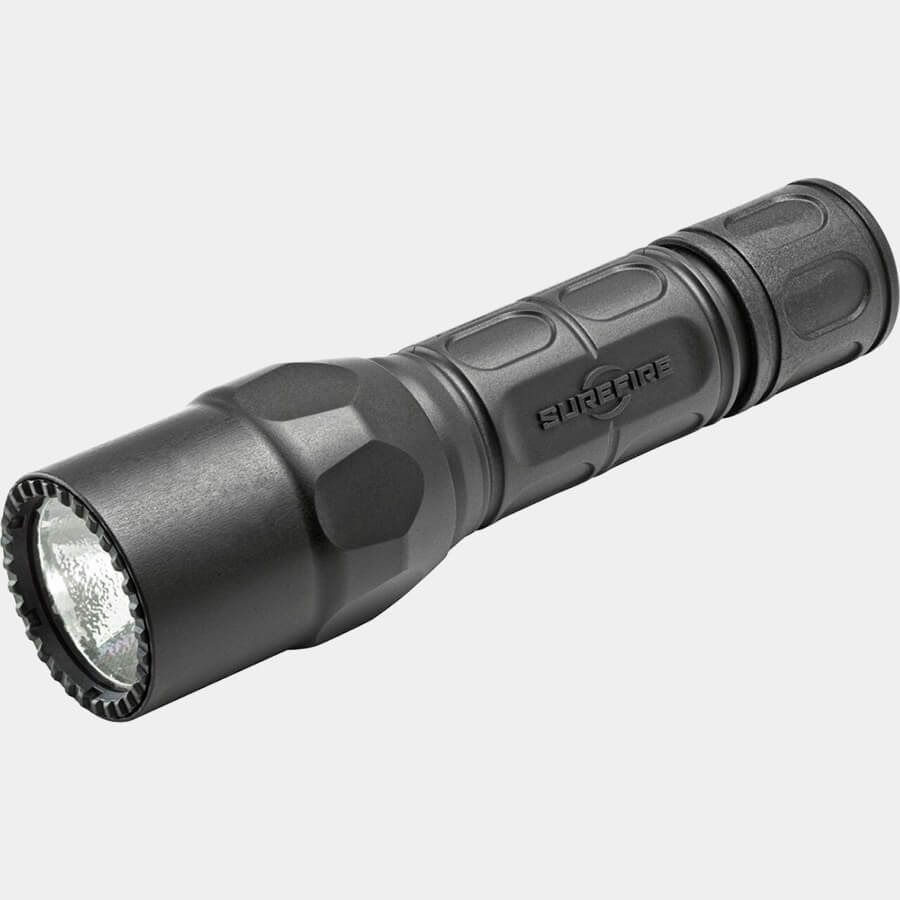
Neither light is objectively better; rather, each light is better suited for different needs.
Runtime is a measurement that is heavily gamed by some flashlight manufacturers.
Read this carefully: Runtime is not how long a flashlight will emit its rated output.

Rather, runtime is supposed to measure the total time a flashlight emits usable light.
What is useable light varies depending on whom you ask.
According to the FL 1 standards, that measurement is 10% of the initial output.
For a 1,000 lumen light, that would be 100 lumens.
If a manufacturer isnt adhering to the FL 1 standard, maybe the number is even less.
Some of the popular lights that are marketed as suitable for tactical use are better suited for hobbyists.
They may be fun to play with, but they are not ideal for identifying and addressing an attacker.
Ive tested more than 100 handheld flashlights during the past 10 years.
Currently, I carry theSurefire G2X Tactical flashlightdaily.
It runs on a pair of CR123A batteries and emits a rated 600 lumens.
The beam pattern has a wide spread without a hot center.
Ive found it is excellent for room clearing and illuminating a car interior.
Another good choice is the Streamlight ProTac HL.
It is also powered by two CR123A batteries, though runtime isnt quite as long.
In my testing, output stays above 50% of initial output just shy of one hour.
Until I started carrying the SureFire, I carried a ProTac HL in my pocket daily.
I never once had a problem with either of the lights.
There are other good lights on the market.
However, I urge you to employ skepticism when reviewing manufacturer claims.
Be aware, and make an informed decision.
Go to forum thread




